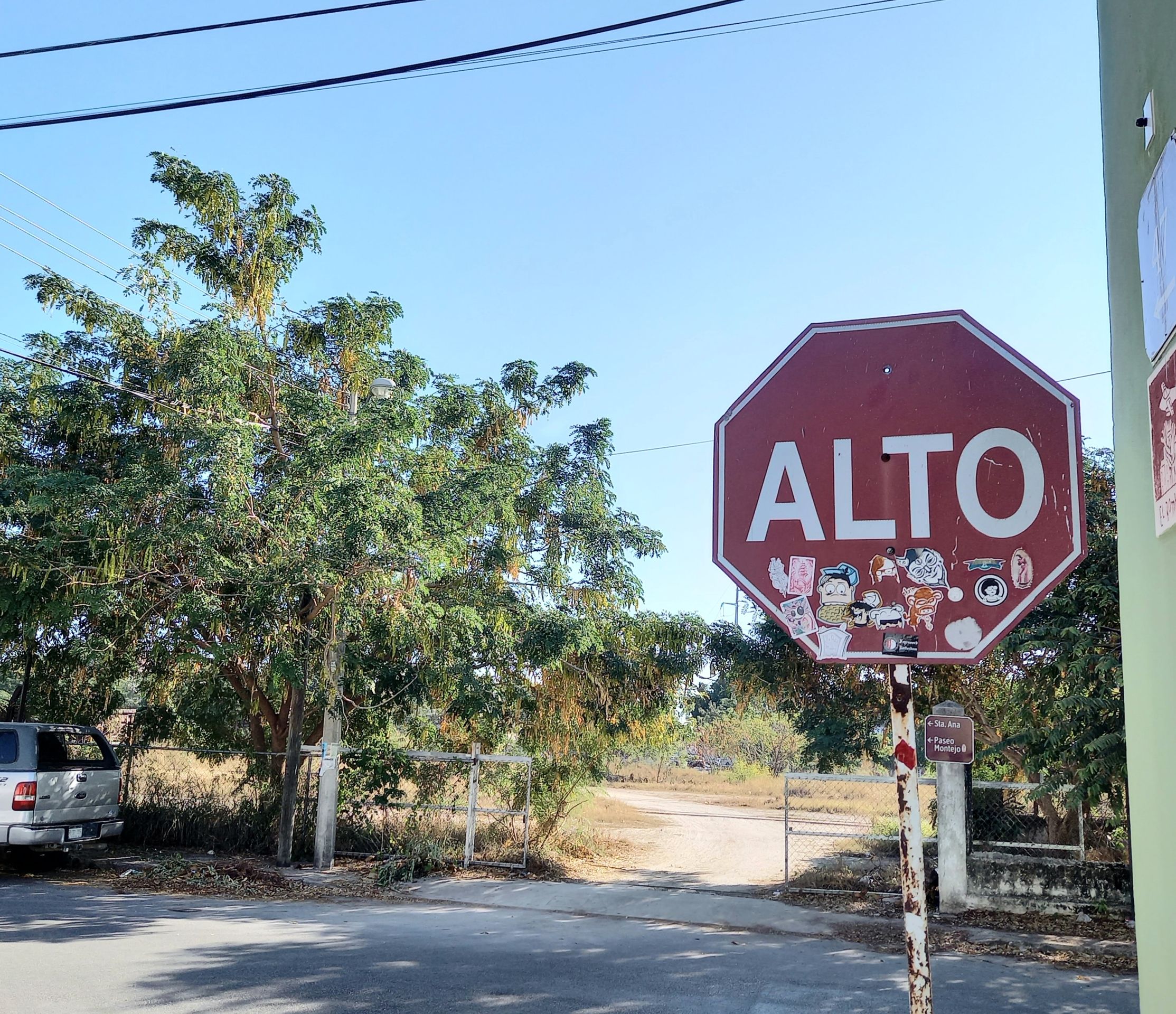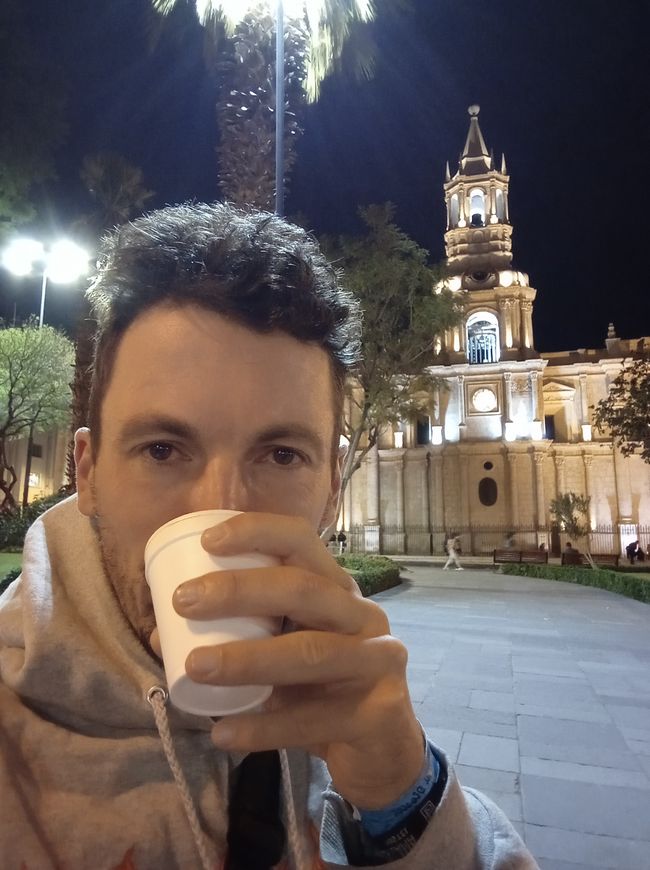Lima, Peru
Naipablaak: 13.03.2022
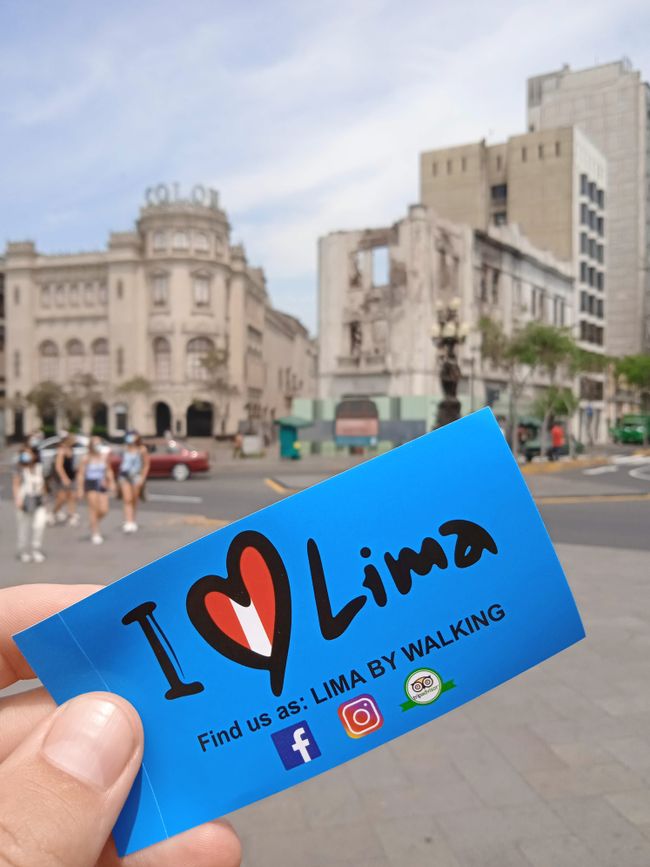
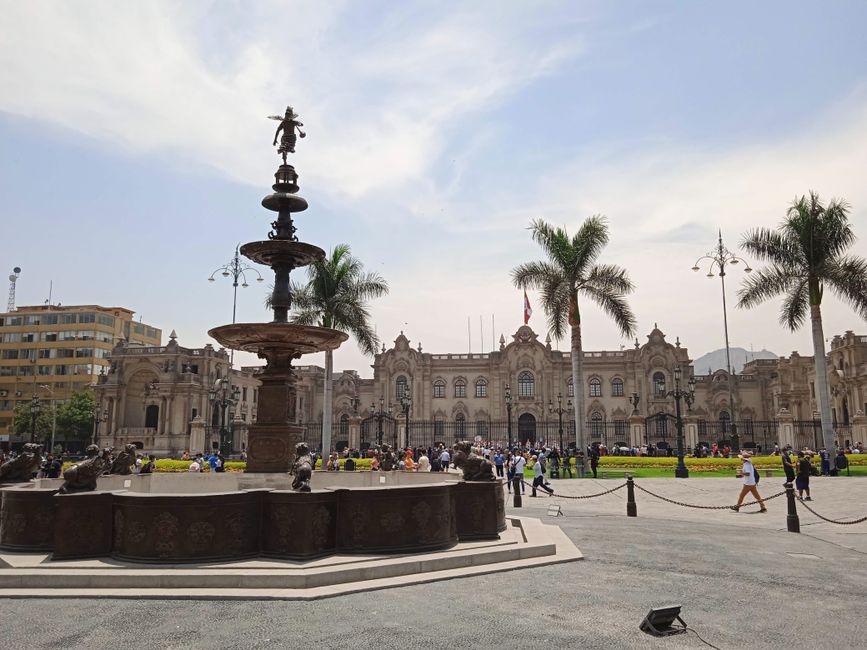
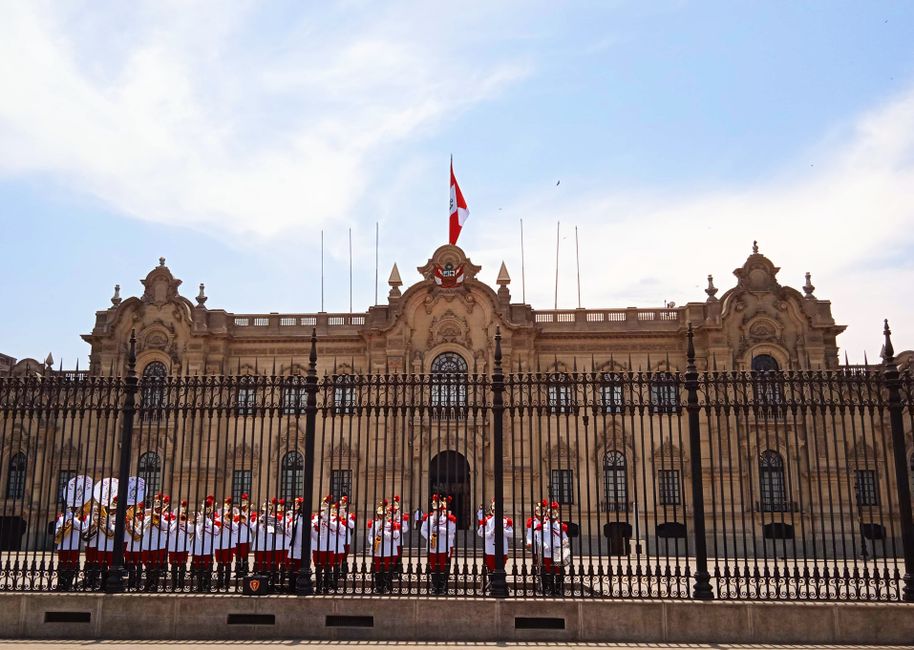
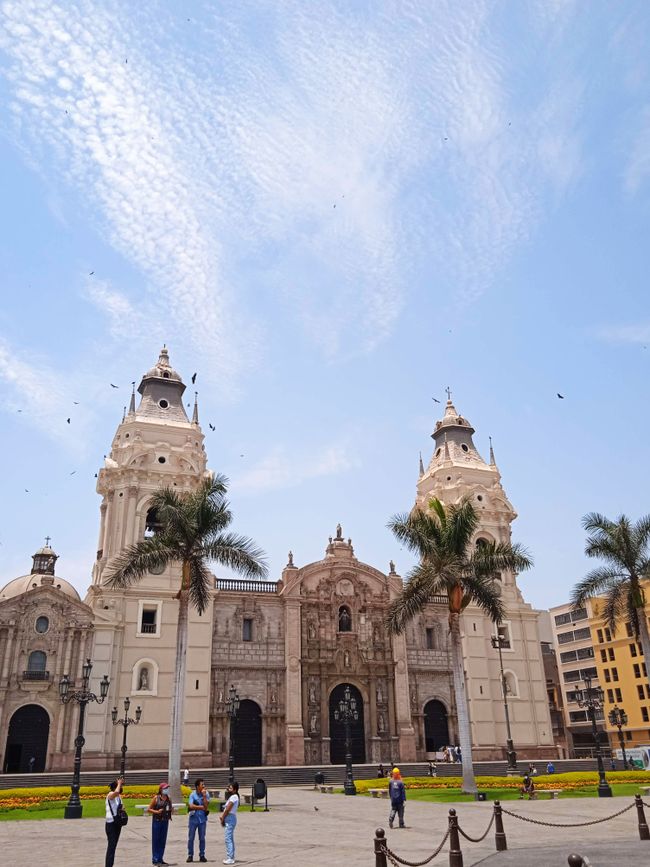
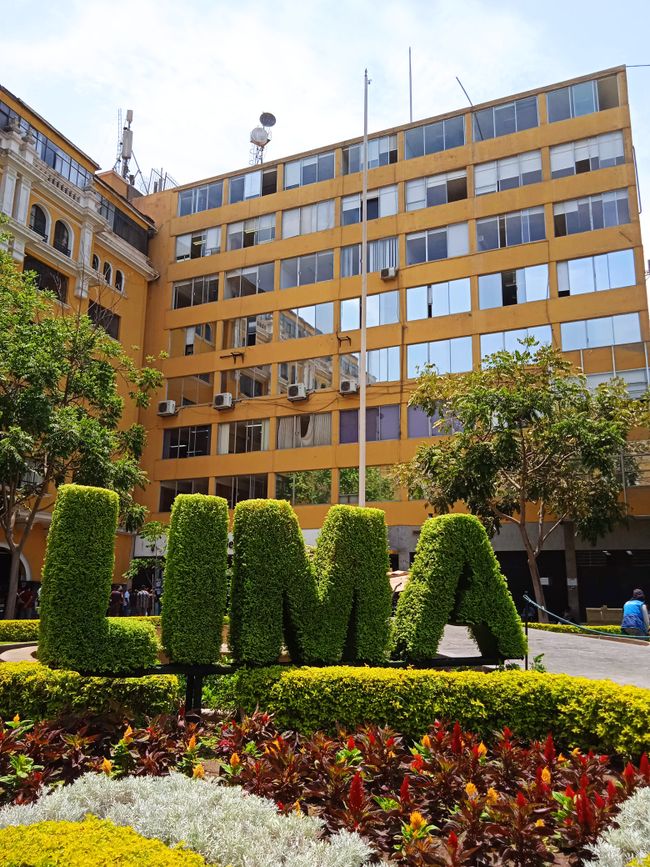
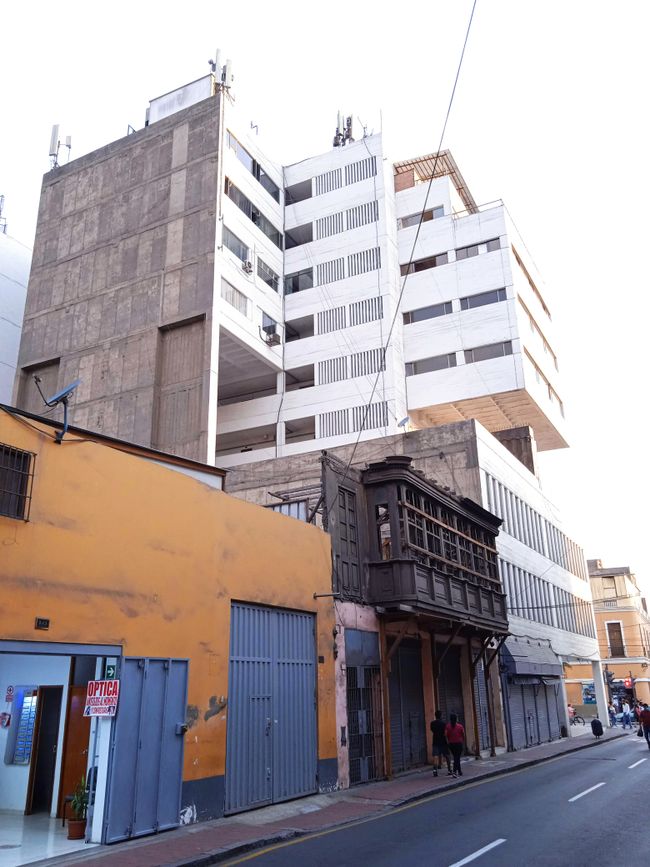
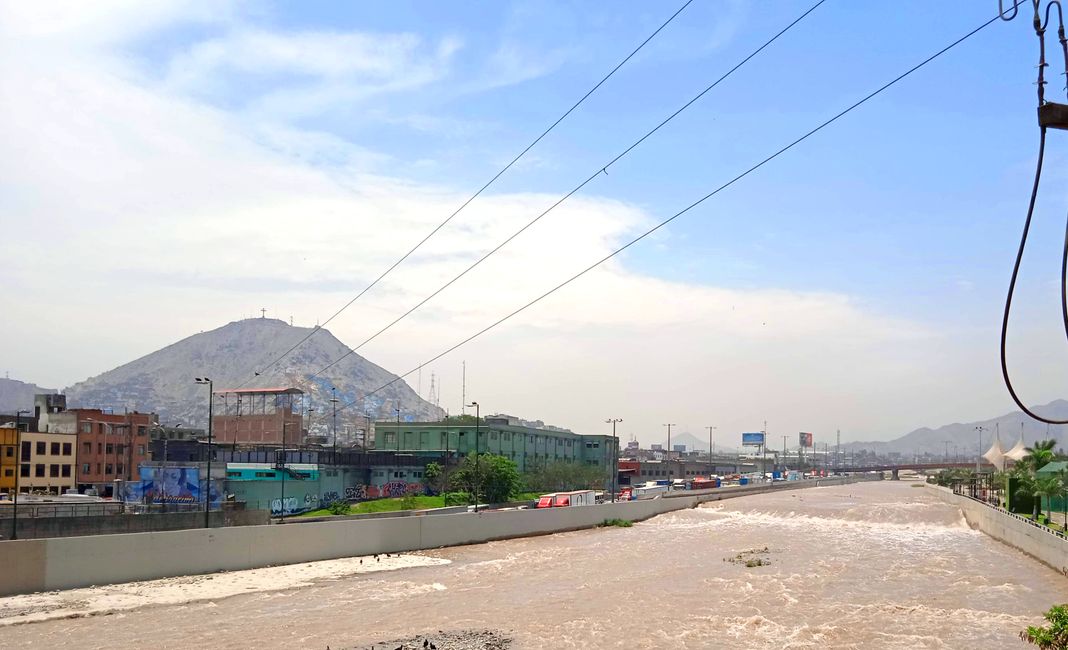
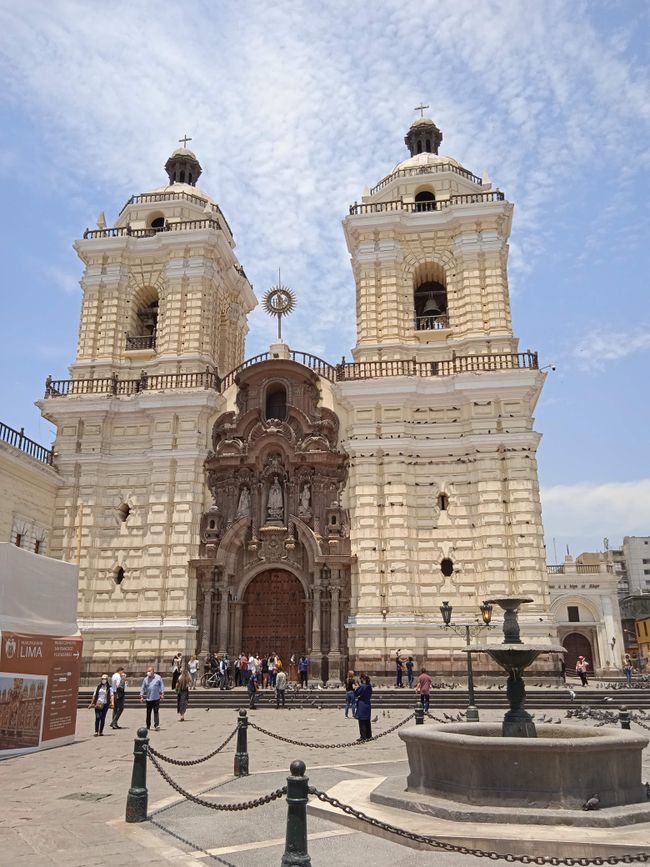
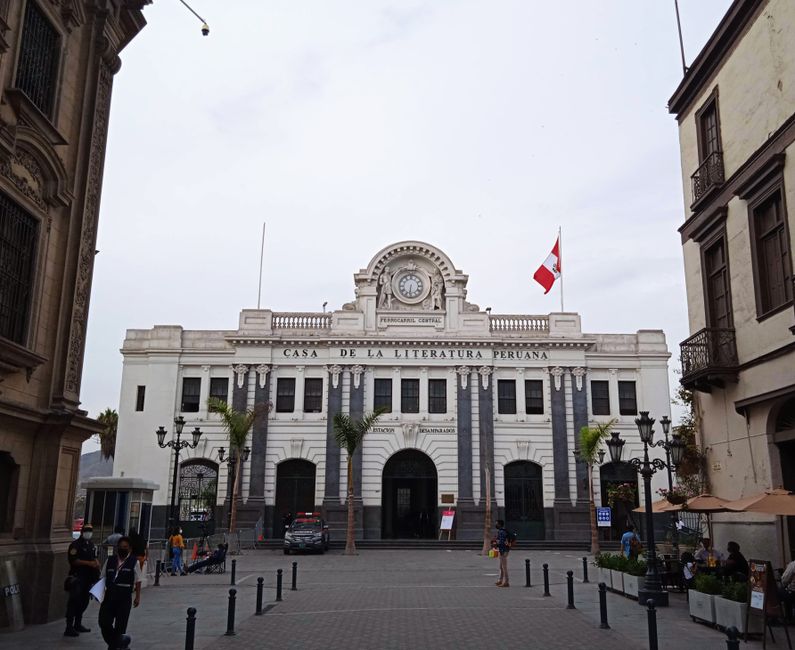
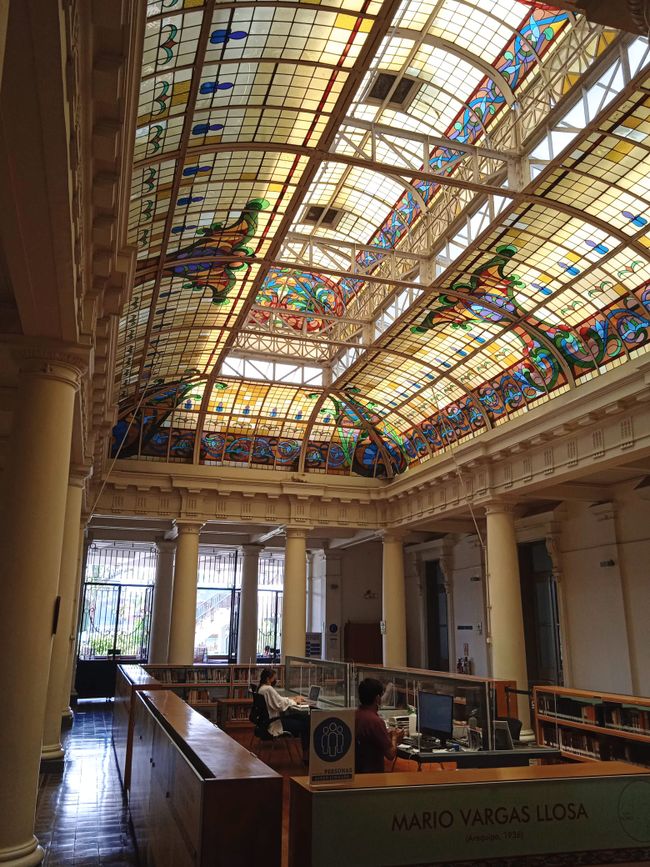
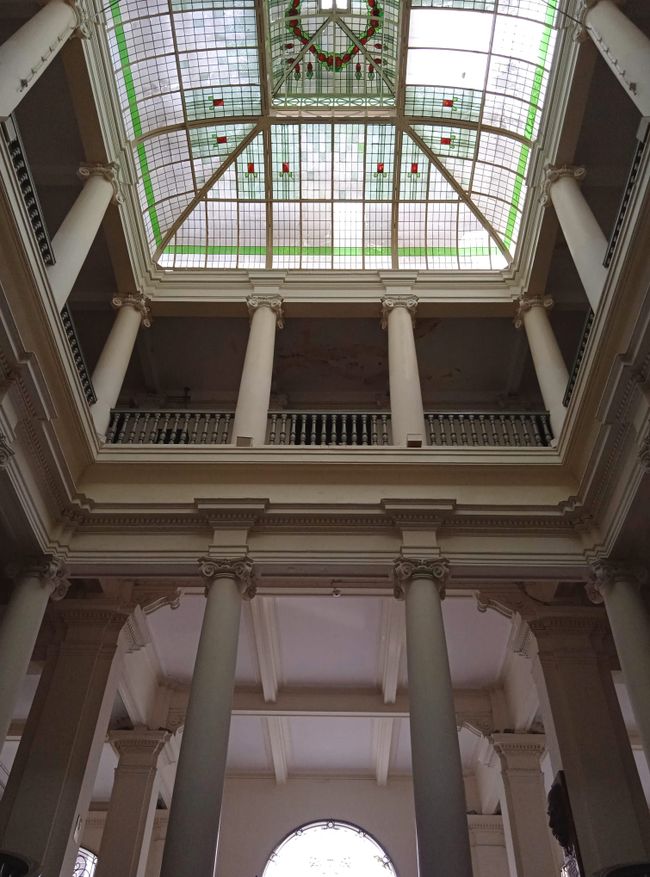
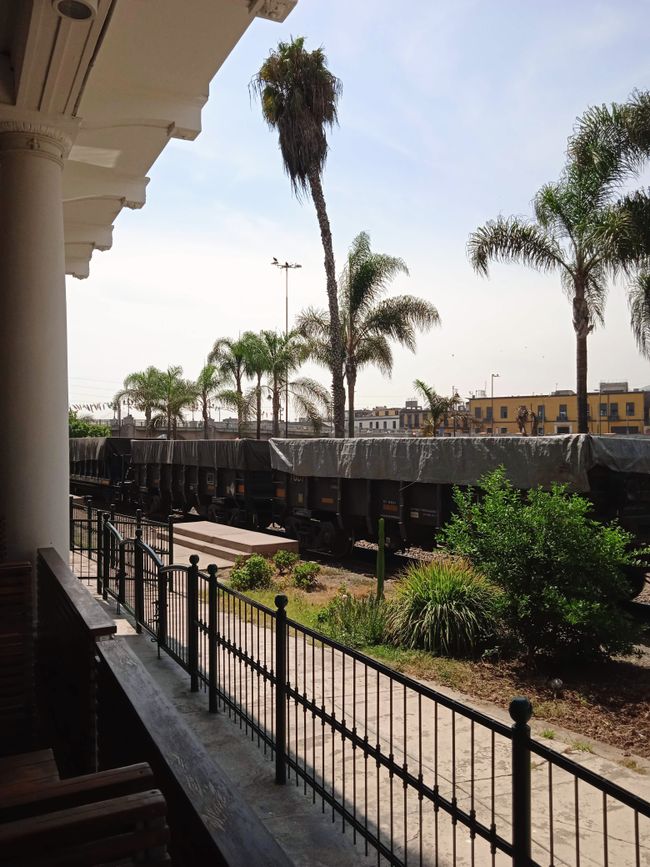
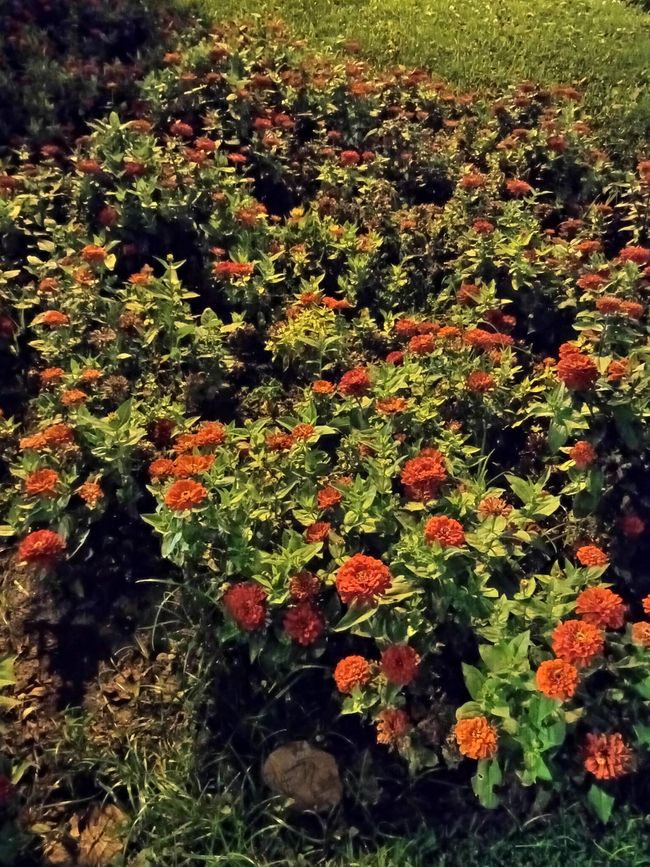
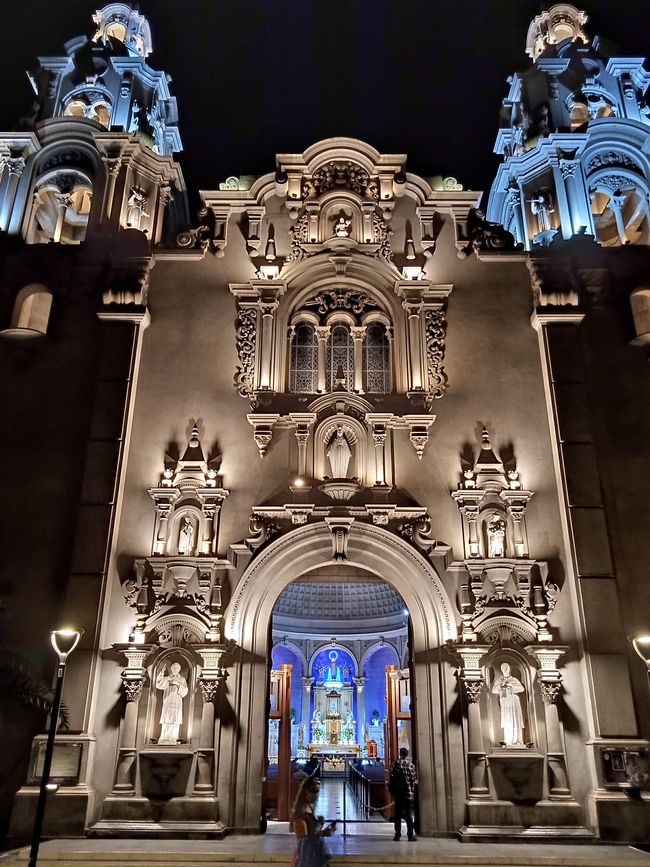
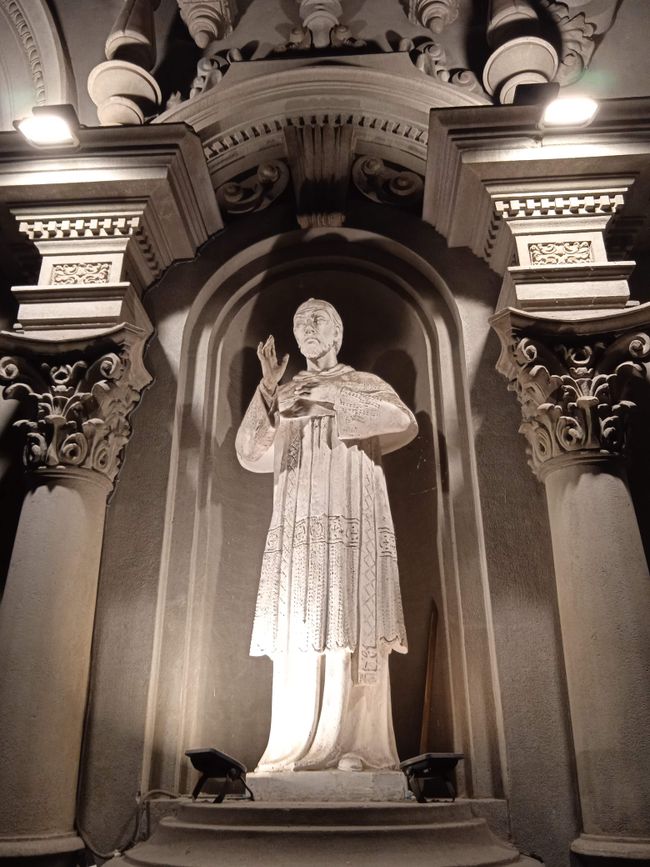
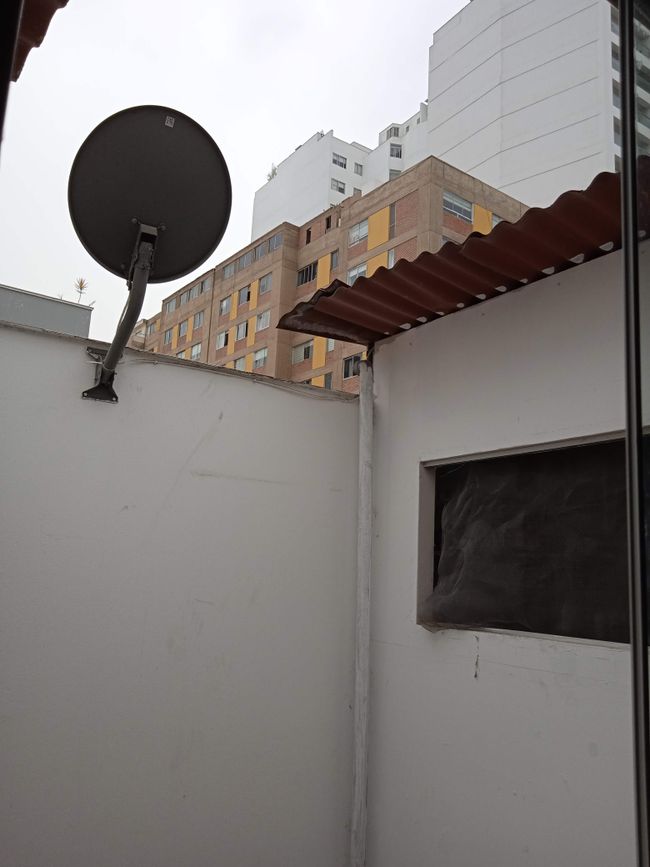
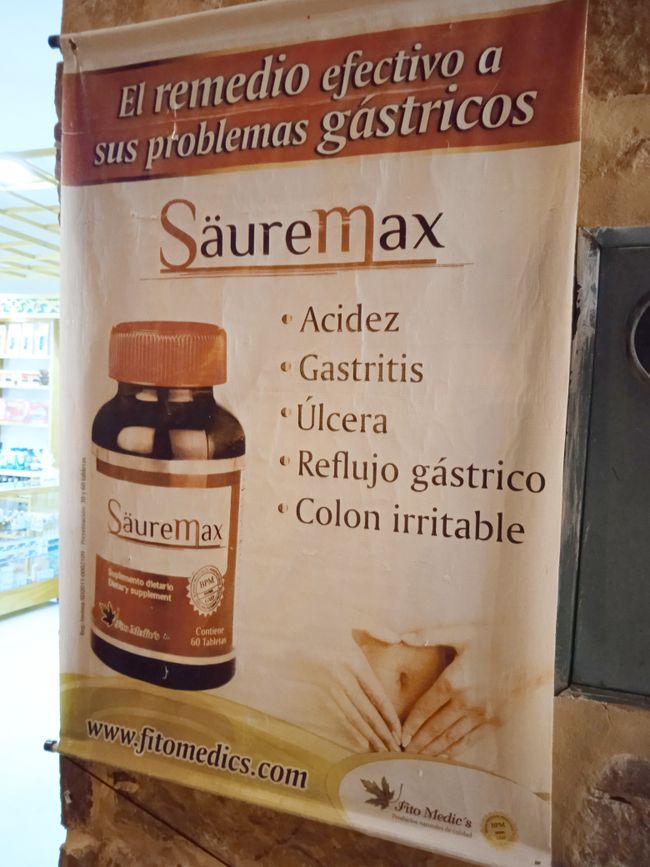
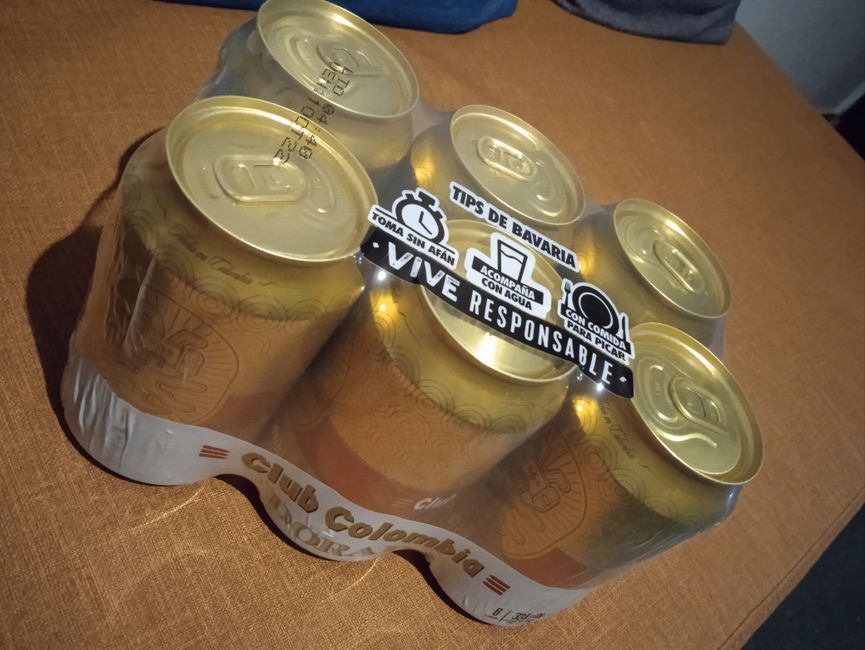
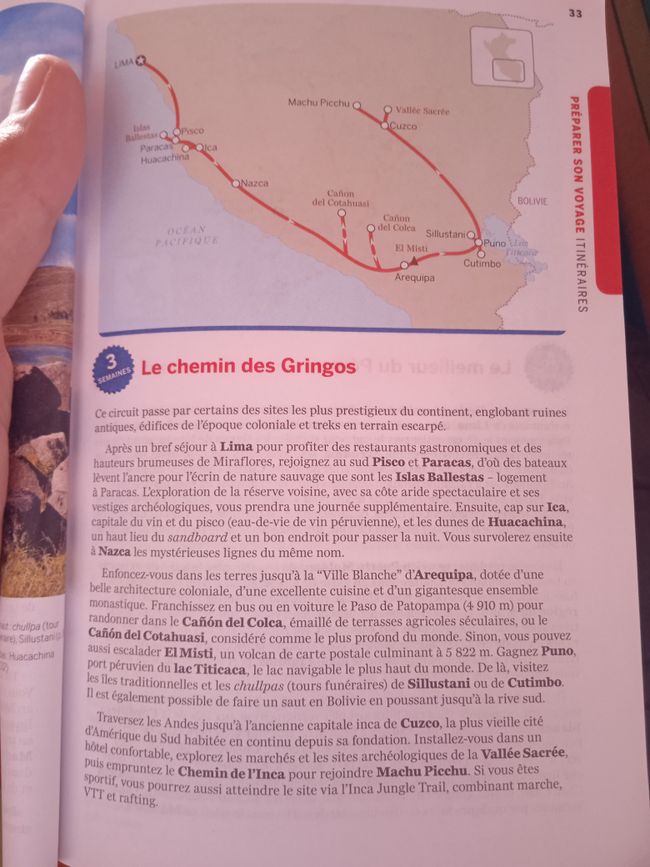
Agsubscribe iti Newsletter
Lima, hmm? I couldn't form a clear picture of the Peruvian capital even at second glance. My hostel was located in the affluent district of Miraflores, 8 km south of the city center. Apart from American-style restaurants, hotels, and malls, there wasn't much to explore. It was clean and safe there, which was reflected in the prices. Overall, Miraflores seemed to me to be lacking authenticity. Speaking of authenticity, what was that exactly?
I had a different kind of authentic experience on the evening of my arrival. There was no water in the entire building, no flushing toilets, no hand washing, and no showering. Even the next morning, there was still no water from the tap. During breakfast, I looked at the dismayed faces of my roommates. By the way, I wasn't sure how the dishes were washed on this Friday. It once again made me realize how thin the proverbial veneer of our civilization was. Water, a basic human right, denied to so many.
Driven more than overly motivated, I left my hostel towards the city center to take part in a city tour. With almost 10 million inhabitants, the greater Lima area was also considered a mega city, with a quarter of all Peruvians living here.
Although the main square in the center was especially well-groomed, with the presidential palace, cathedral, bishops' palace, and city hall. Apart from that, Lima's center fell short of expectations. It's understandable that the beautiful and wealthy were drawn to Miraflores.
I was particularly taken with the old train station, a representative building that now served as a library. On the former platform, benches in the shade and free internet invited you to linger. About 30 vultures circled in the air.
Lima was located in the desert, it never rained here, and ironically, the entire water supply of the city came from a single river from the mountains, mostly glacial water. In the face of climate change, this glacier was melting, while Lima's population continued to grow. The metropolis was located on the ocean and yet - together with Cairo - was one of the driest major cities in the world. The challenges of the coming years were enormous.
In the evening, I returned to Miraflores. The water in the hostel was flowing again, and the lawn and flower beds in the public green areas were irrigated. There was no shortage of water here.
Agsubscribe iti Newsletter
Sungbat

Dagiti report ti panagbiahe Peru nga
